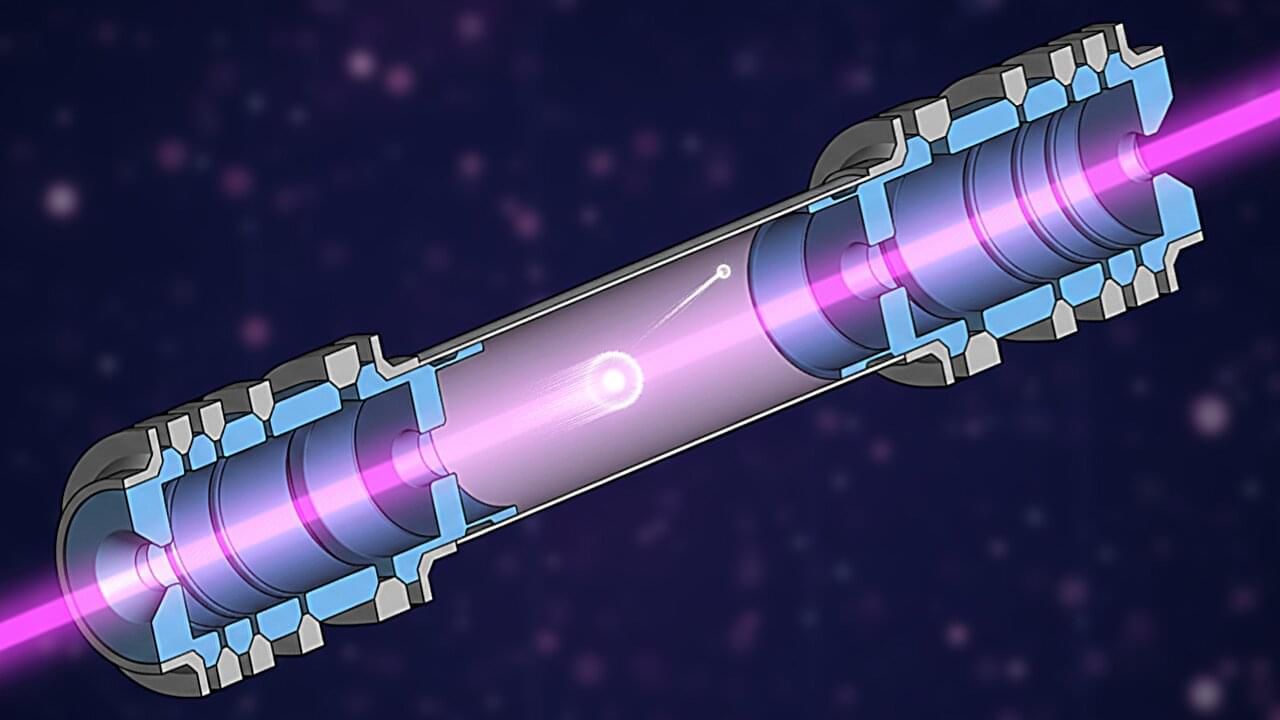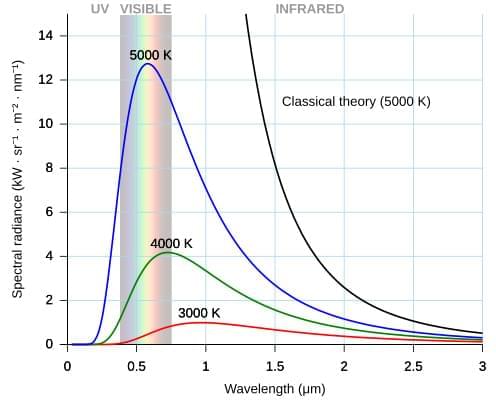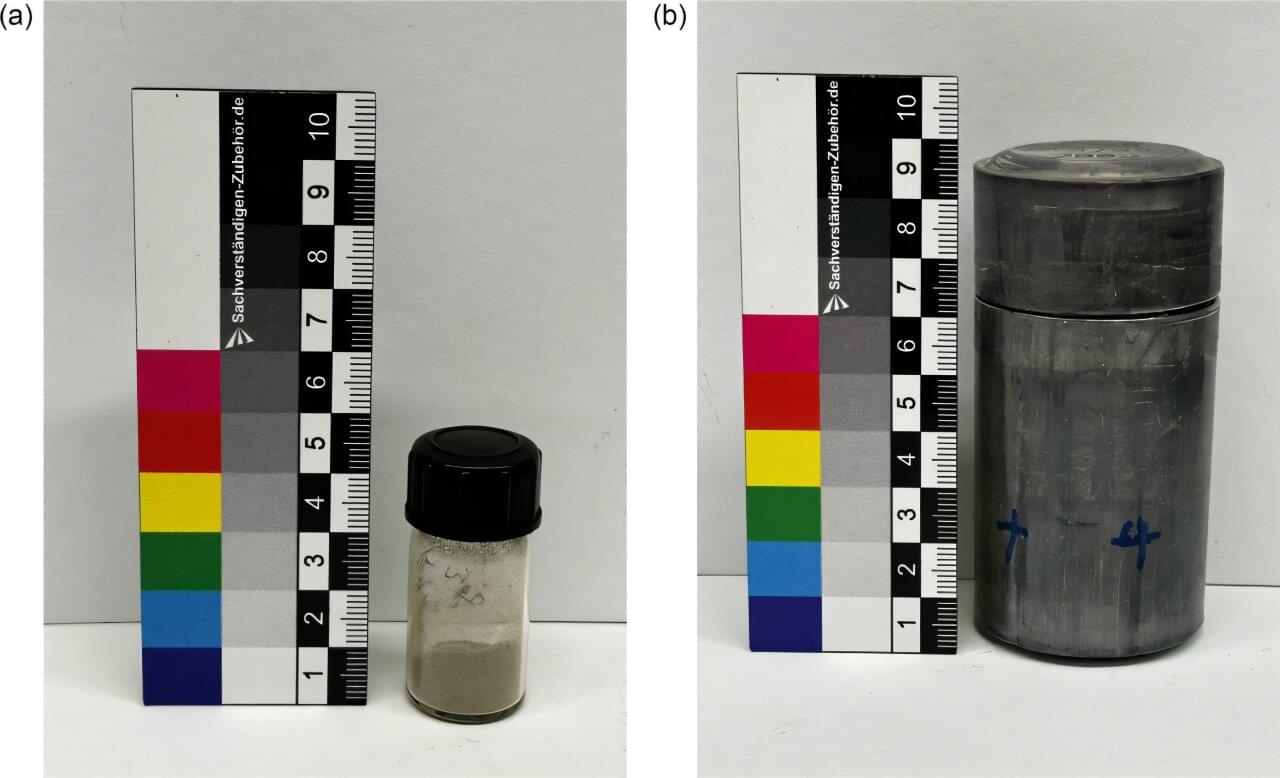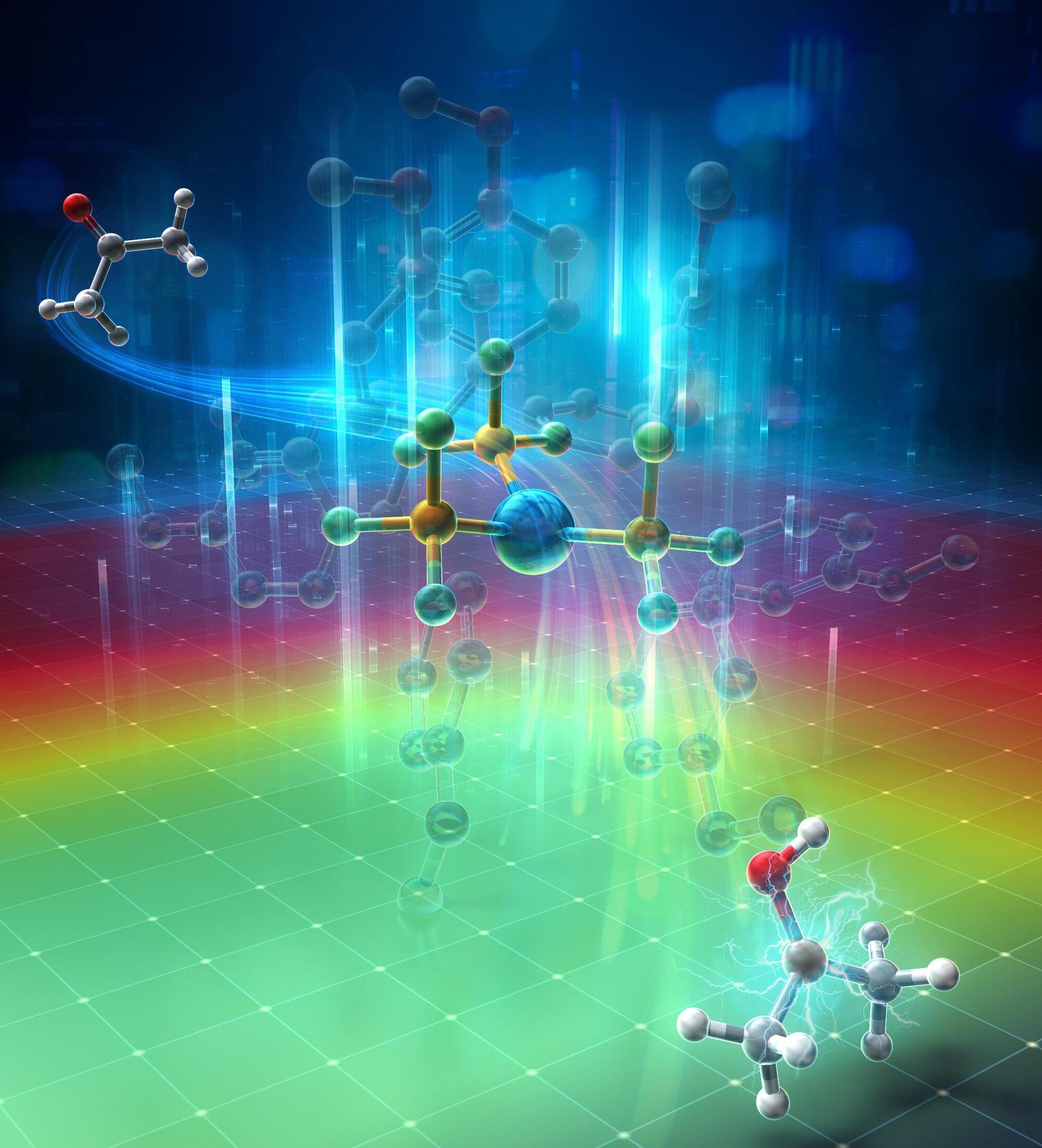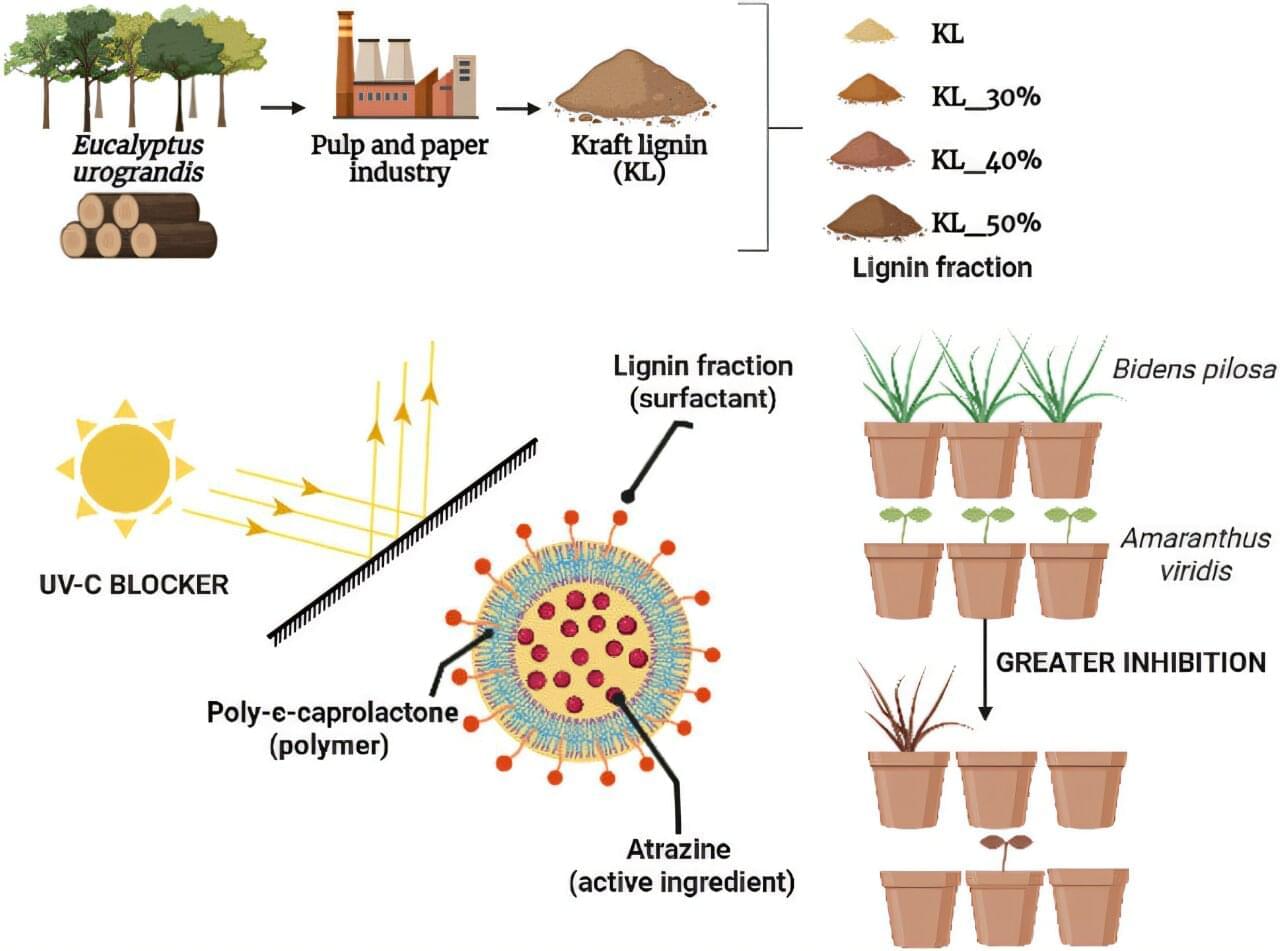From the burning of wood to the action of medicines, the properties and behavior of matter are governed by the way chemical elements bond with one another. For many of the 118 known elements, the intricate electronic structures of the atoms that are responsible for chemical bonding are well understood. But for the superheavy elements lying at the far edge of the periodic table, measuring even a single property of these exotic species is a major challenge.
In a new paper published in Nature Communications, a team of researchers working at the ISOLDE facility at CERN report a novel technique that could help unlock the chemistry of (super)heavy elements and has potential applications in fundamental physics research and medical treatments.
Superheavy elements are highly unstable and can only be produced in accelerator laboratories in minute amounts. This is why researchers tend to first perfect their techniques on elements that are stable and lighter.
